The most popular Italian pasta
Categories: Food and Drinks
By Pictolic https://pictolic.com/article/the-most-popular-italian-pasta.htmlPasta is the queen of Italian cuisine. In a year, the average Italian consumes more than 26 kg of pasta - four times more than, for example, an American. To date, both dry and fresh pasta is produced in Italy, mainly from durum wheat. In total, there are about 350 of its species. An integral part of the pasta is the sauce, which is prepared on the basis of a variety of vegetables, meat, cheese or seafood. Those who are lucky enough to taste real Italian pasta will never forget its taste and aroma.
(Total 22 photos)
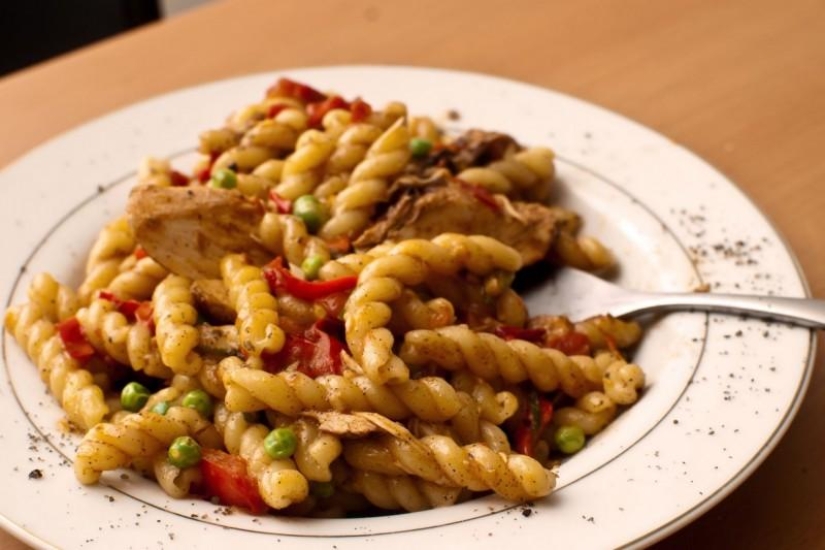 Source: supercoolpics.com
Source: supercoolpics.com
Long Paste
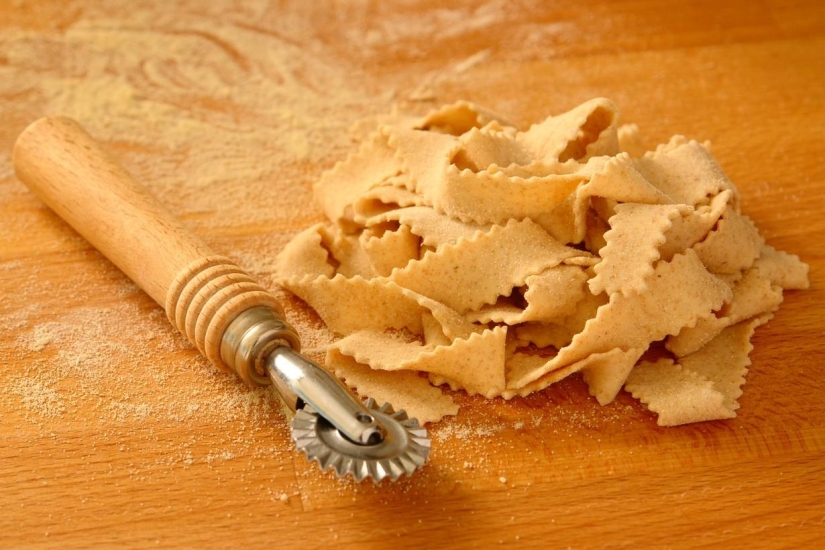
1. Mafalde - pasta in the form of ribbons with wavy edges. The dish comes from Naples. (Francesca Longo)
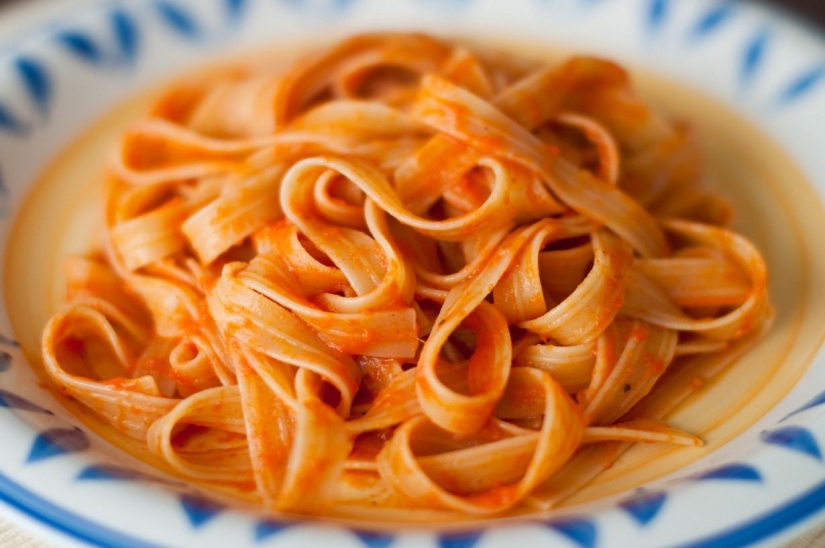
2. Fettuccine - pasta in the form of long strips of dough about 7 millimeters wide. The name comes from the Italian word "fettuccia", which means "ribbon". (James)
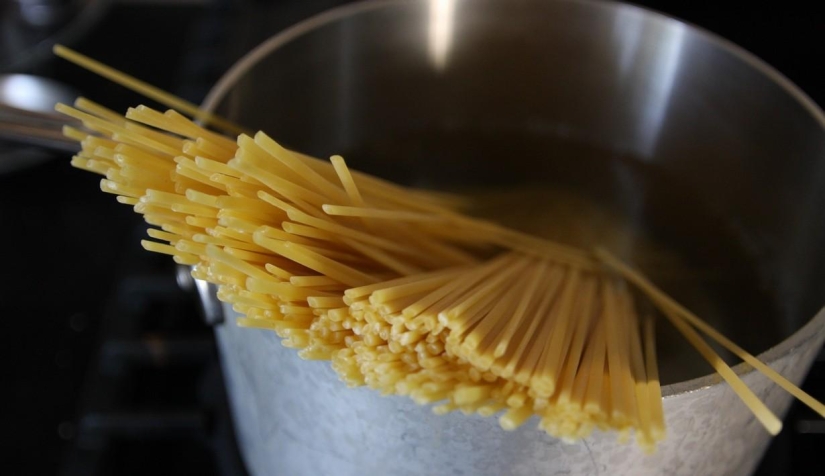
3. Linguine - a long, slightly flattened pasta. The name comes from the Italian word "linguine", which means "tongues". The dish comes from Campania. (tracy benjamin)
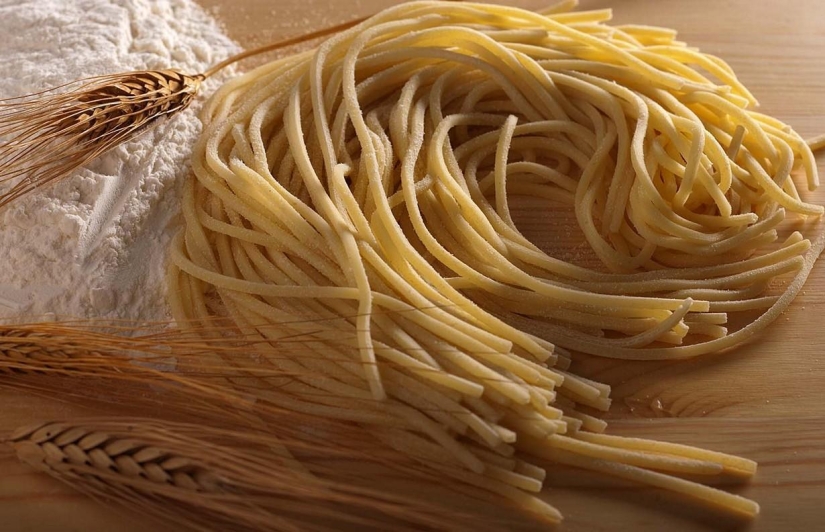
4. Bigoli - pasta in the form of long hollow tubes. The dish comes from Veneto. (Terre dei Trabocchi)
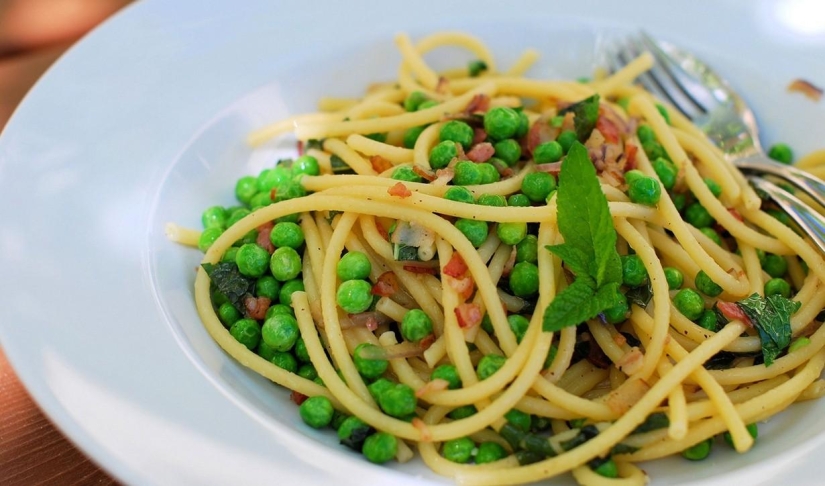
5. Bucatini - pasta in the form of long tubes. The name comes from the Italian word "bucato", which means "leaky". The dish comes from Lazio. (kochtopf)
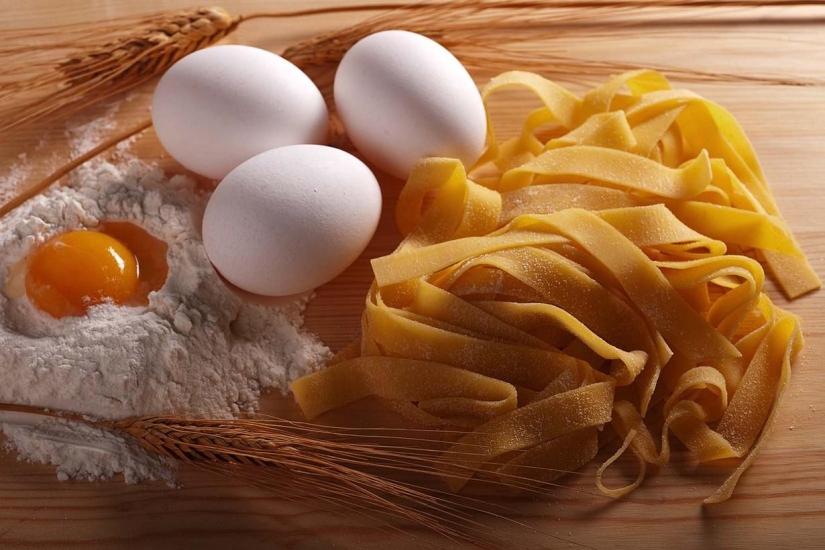
6. Pappardelle - paste in the form of ribbons 13 mm long. The dish comes from Tuscany. (Terre dei Trabocchi)

7. Capellini. The name comes from the Italian word "capello", which means "hair". (Pink Sherbet Photography)
short paste
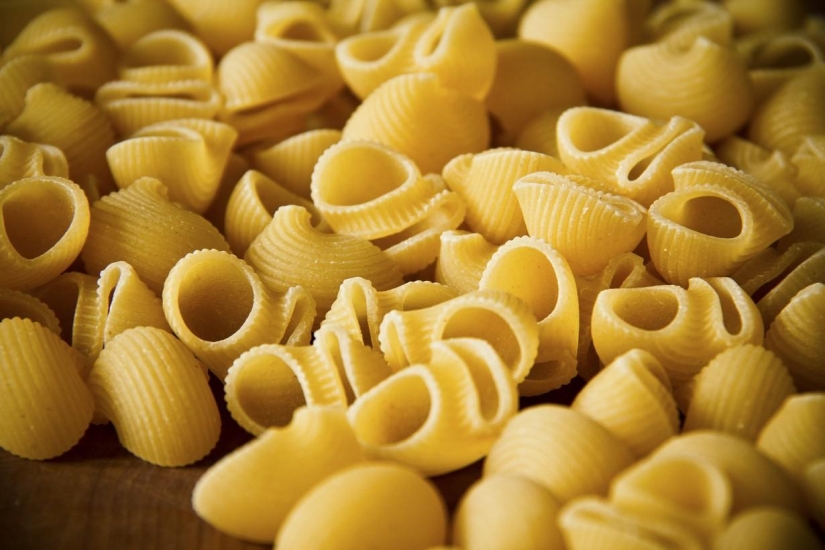
8. Pipe rigate - pasta in the form of tubes twisted in a semicircle. The dish comes from Campania. (Martin)
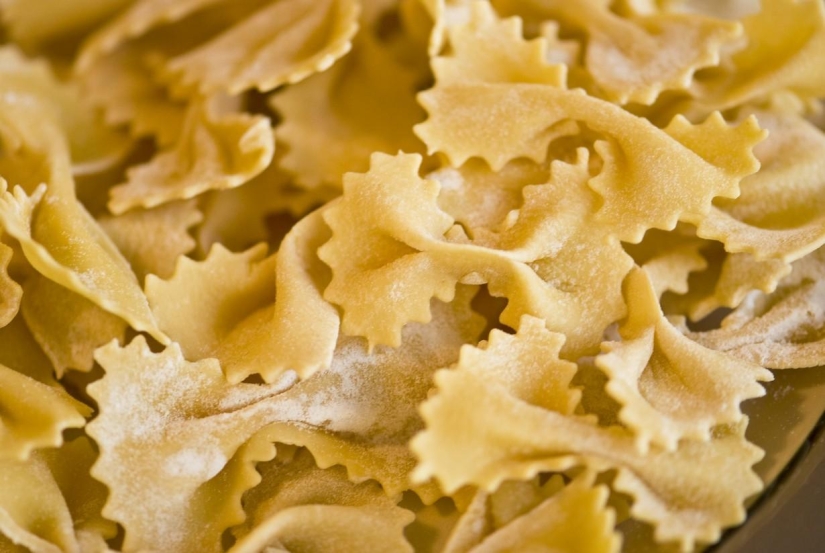
9. Farfalle - pasta in the form of bows or butterflies. The name comes from the Italian word "farfalle", which means "butterflies". The dish comes from Lombardy and Emilia-Romagna. Farfalle is often used as an ingredient in salads or stews. (madly in love with life)
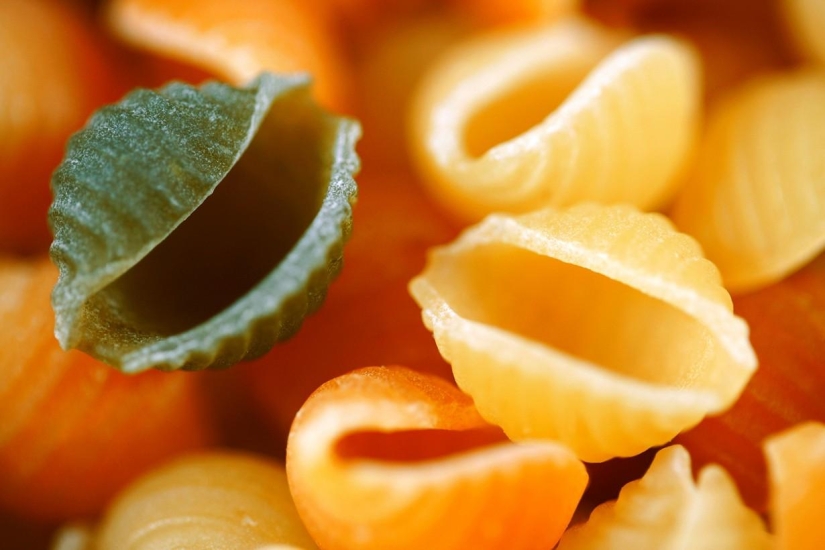
10. Conchile - pasta in the form of shells up to 5 cm in size. As a rule, conchile is stuffed with minced meat or fish and baked in the oven with sauce. (freestock)
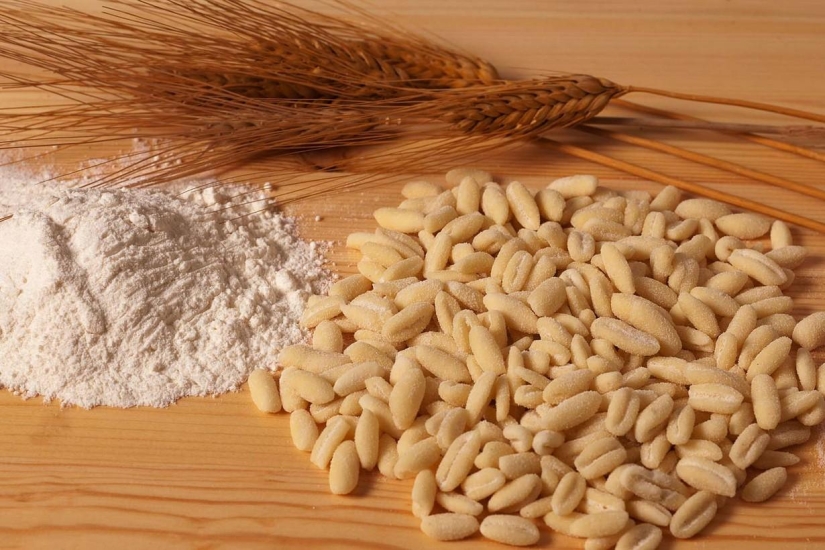
11. Cavatelli pulesi - pasta in the form of small shells. The dish comes from Puglia. (Terre dei Trabocchi)
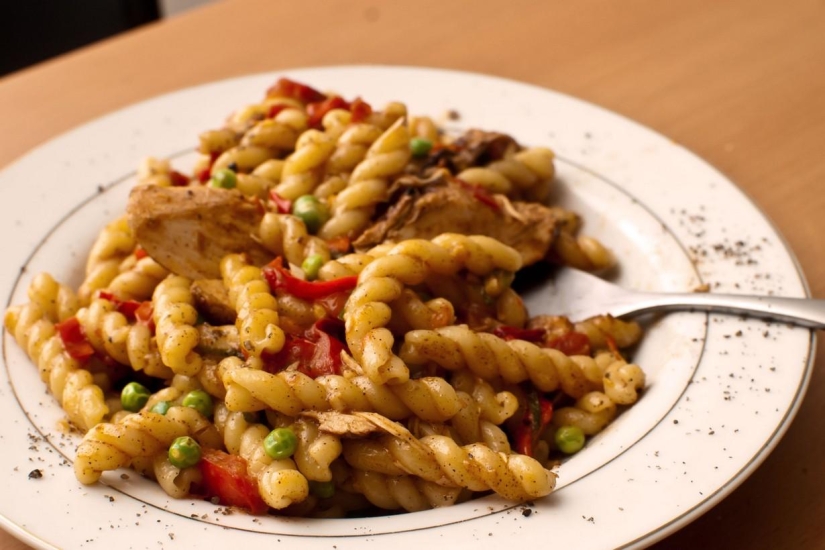
12. Gemelli - pasta in the form of two twisted tubes. The name comes from the Italian word "gemelli", which means "twins". (Matthew Mendoza)
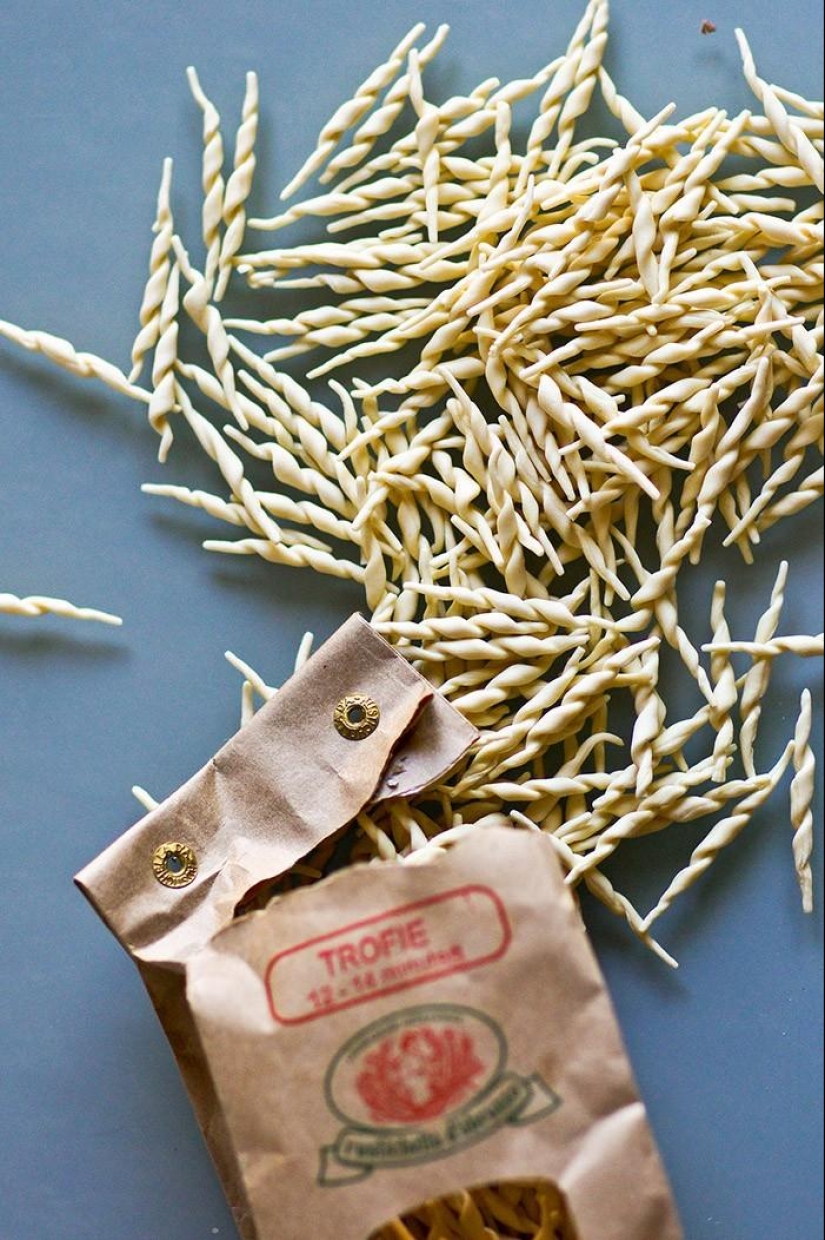
13. Trofie - pasta in the form of flagella. The dish comes from Genoa. (artison)
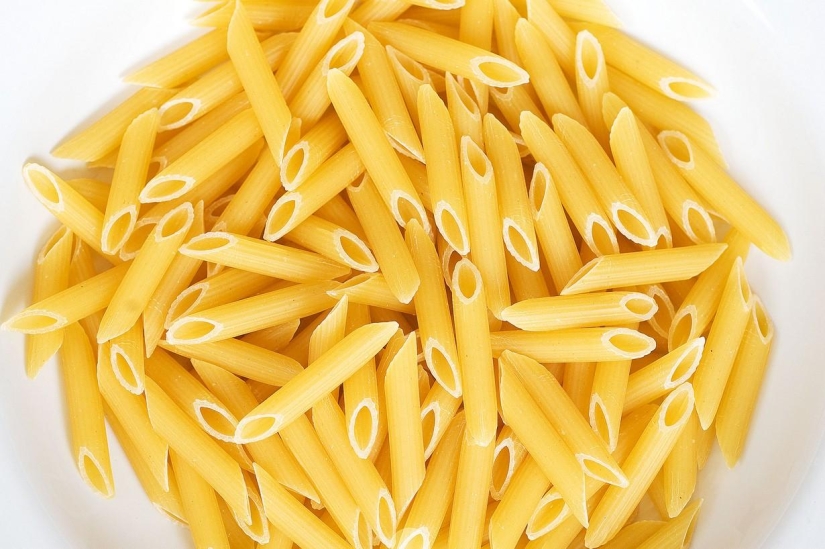
14. Penne - pasta in the form of a hollow tube with oblique cuts. The name comes from the Italian word penna, which means pen. (Stuart Webster)
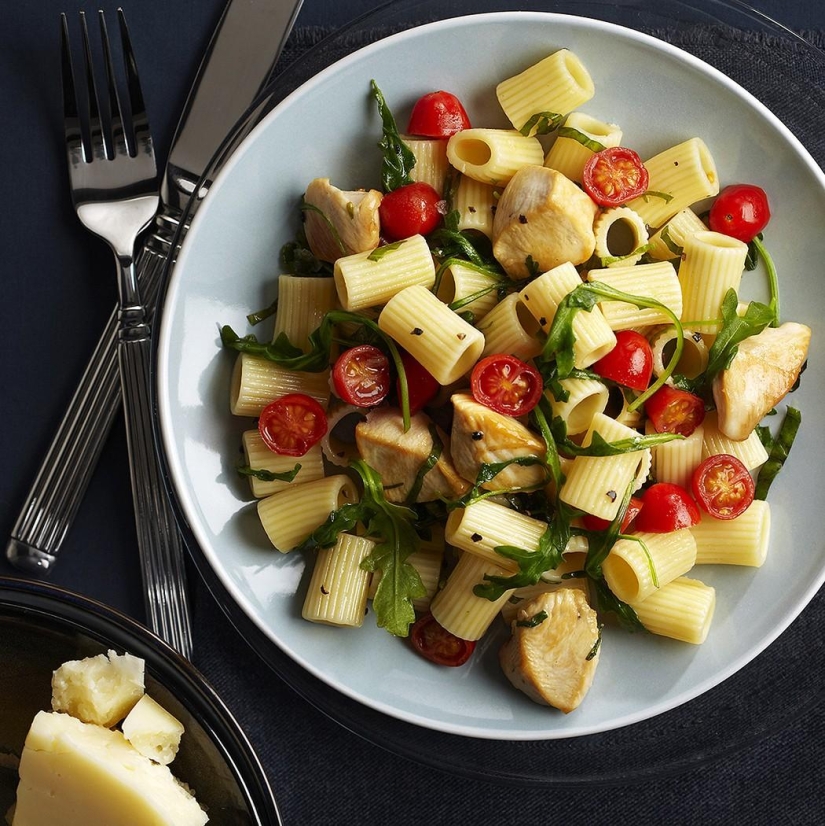
15. Rigatoni - a paste in the form of thick short tubes. (Chicken Farmers of Canada)
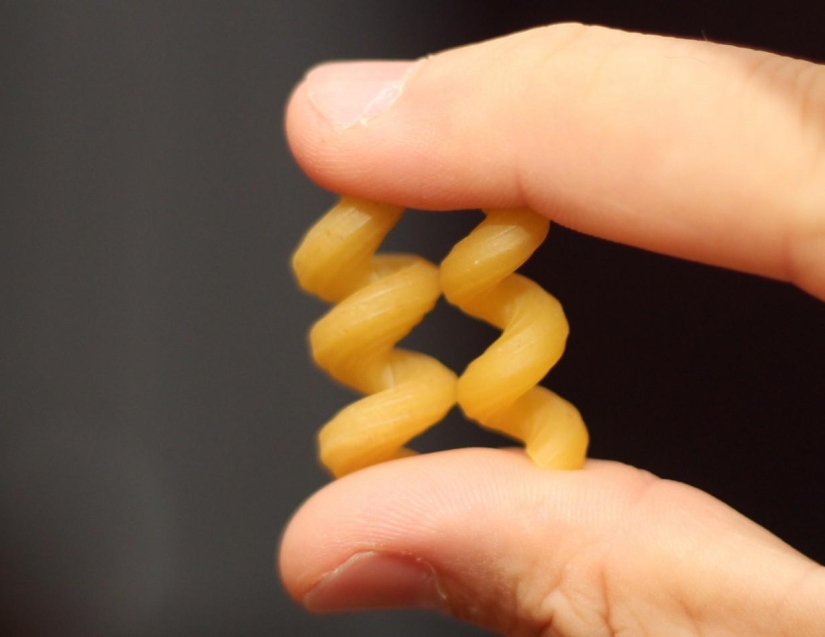
16. Cellentani - pasta in the form of springs. The dish comes from Veneto. (Nathanael Hevelone)
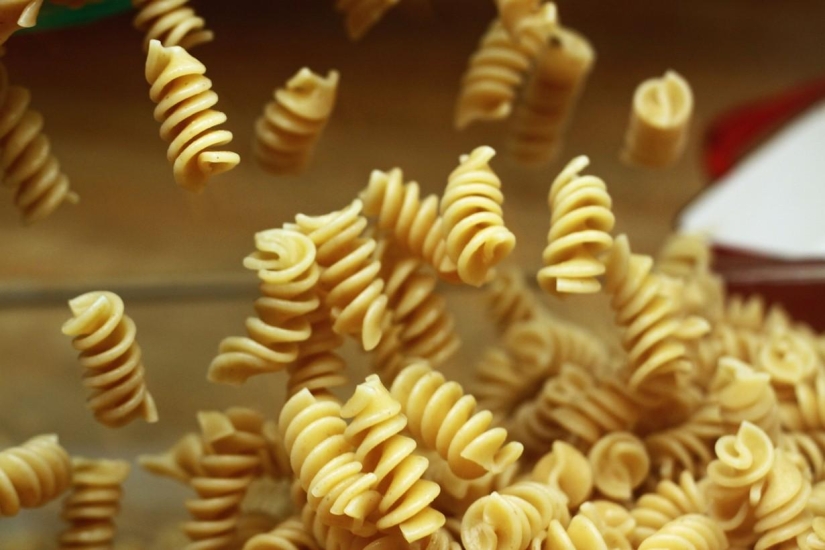
17. Fusilli - pasta in the form of a spiral. The name comes from the Italian word "fuso", which means "spindle". (Rachel)
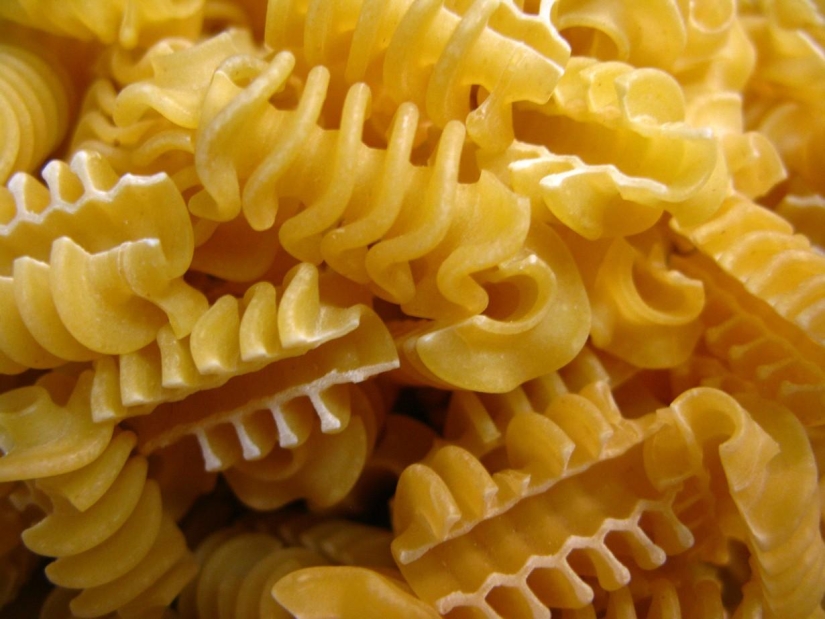
18. Radiatori - a paste shaped like radiators. (I Believe I Can Fry)
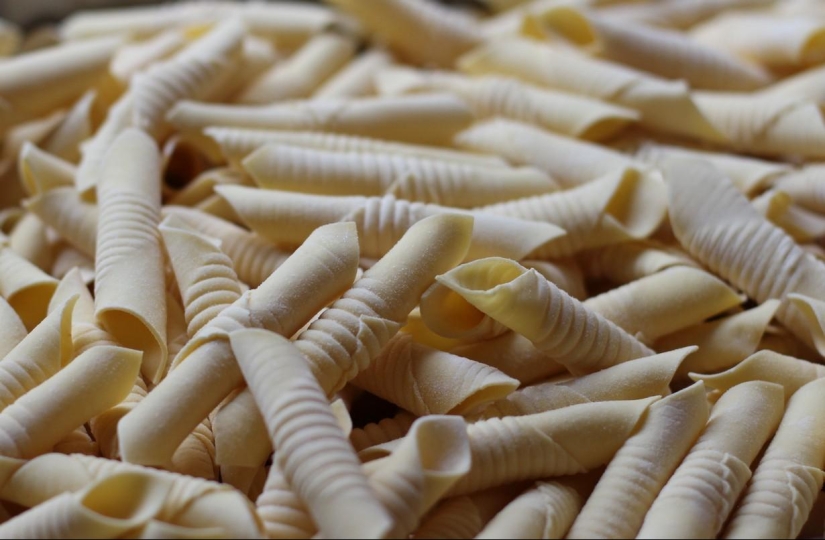
19. Garganelli - pasta with eggs. The dish comes from Bologna. (Jameson Fink)

20. Ruote - paste in the form of a spiral of wheels. Served with a thick cheese sauce. (cookbookman17)
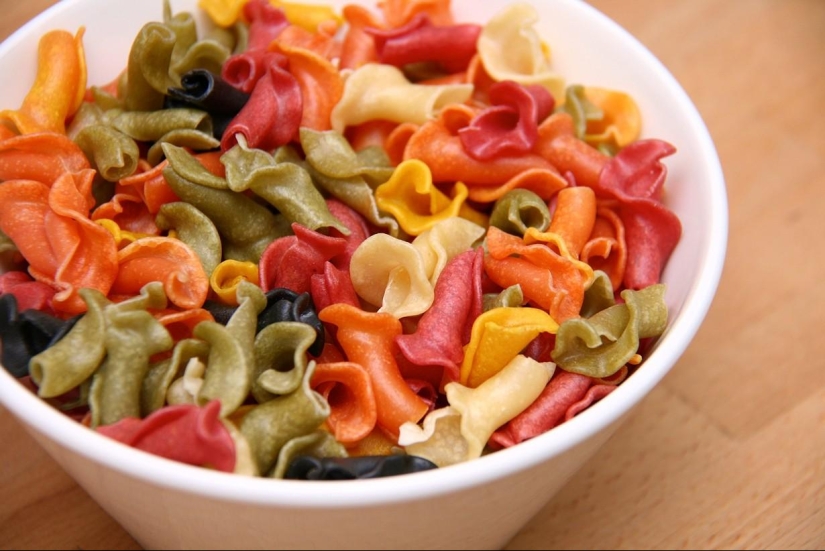
21. Torchetti - pasta in the form of towers. The dish comes from Emilia. (Katrin Morenz)
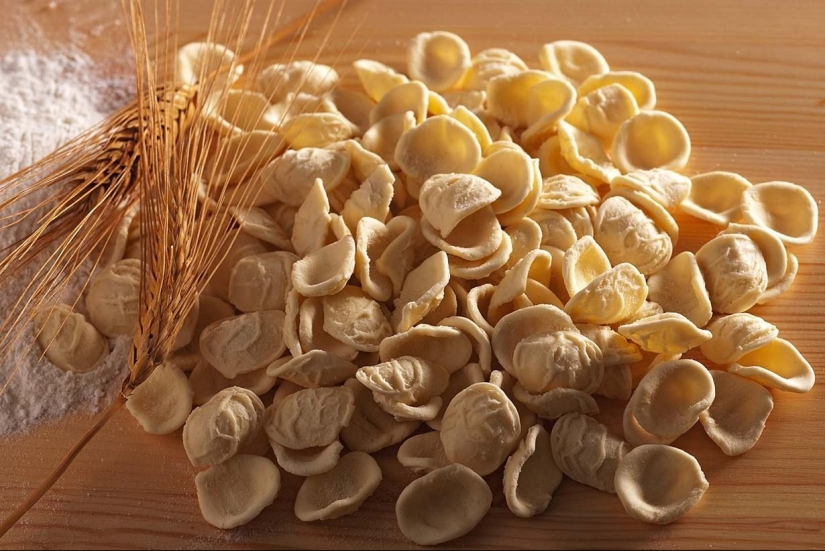
22. Apulian ears. The dish comes from Puglia. (Terre dei Trabocchi)
Recent articles

What entrepreneurs do not do to attract tourists. Hotels made of ice and snow, located under water and on the tops of trees, are no ...

It's hard to imagine but there were times in Russia when people knew nothing about seeds. After all, once they are simply not ...
Related articles

Ceramics is one of the most fragile and delicate forms of art. Mar Bacon Rodriguez (Martha Pachon Rodriguez) from Colombia has ...

To be born and raised in Fano means to live in symbiosis with the sea and its sandy, rock-strewn beaches. One of the most ...

Everyone knows about Pompeii – a perfectly preserved Roman city, buried for centuries during the eruption of Mount Vesuvius. But ...

Sometimes one photo can make you reconsider your usual picture of the world. This selection contains unique and unexpected shots: a ...